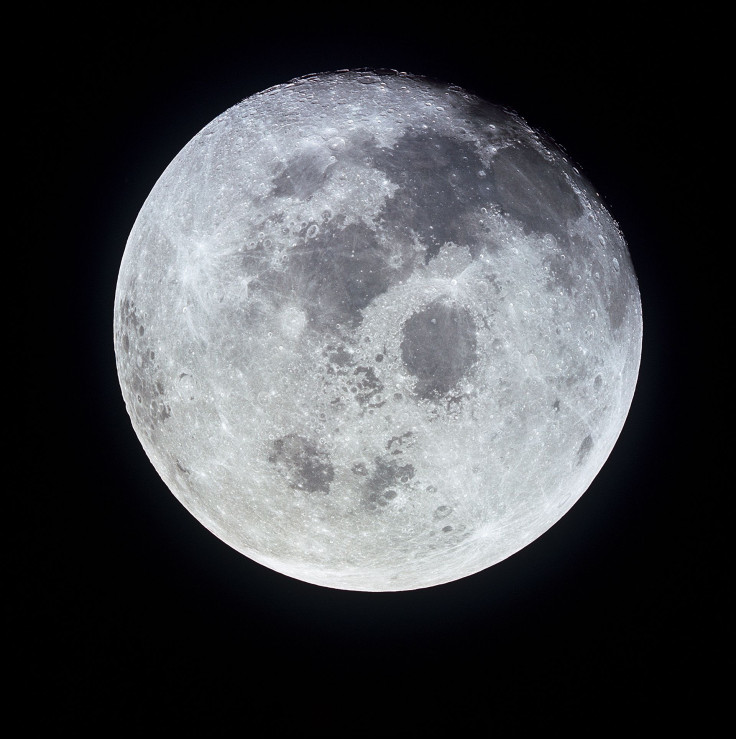Water Ice Patches Confirmed On Moon’s Surface, Could Help Future Crewed Missions

After decades of research and analysis, scientists have got the definitive evidence of water ice or frost on the surface of our only natural satellite, the Moon.
The possibility of frozen water on the lunar surface has long been debated, but the evidence captured to date wasn’t conclusive. In fact, various missions provided data indicating the presence of ice, but all of that information came with several alternative explanations, be it unusually reflective soil or something else.
Some findings from earlier this year even suggested that ice deposits could be present deep within the surface of Moon. But now, we don’t have to worry about harvesting underground ice, thanks to researchers from the University of Hawaii and Brown University.

The team, according to a release from NASA, found signs of frozen water molecules bound into grains of lunar dust as the direct evidence of water ice on the surface of Moon. These sources of water are located in patches in regions close to the satellite’s south and north poles — areas that remain shaded all the time and do not receive any sunlight due to the moon’s slight axial tilt.
While most of the water ice found by researchers is concentrated in and around clusters of craters on the south pole, the spots observed north were more widely located. These, according to the agency, are the darkest and coldest regions on the moon, where temperatures never go above -250 degrees Fahrenheit.
The research team found these patches after sifting through the data captured by NASA’s Moon Mineralogy Mapper (M3), which flew to the Moon aboard Indian Space Research Organization’s (ISRO) Chandrayaan-1 spacecraft.
The M3 took infrared measurements during the mission while noting the reflective and absorptive properties of the surface. Now, a fresh analysis of the data revealed that the instrument had captured reflective properties that one would expect from frost. Moreover, it also witnessed how the molecules absorbed infrared light, confirming the presence of water ice on the surface.
Now that scientists know there is ice on the Moon, the finding can be leveraged for future space missions. According to NASA, access to ice present within top few millimeters from the surface would give astronauts an easy, not to mention, reliable way to harvest water. This could then be used as a resource to aid lunar habitat or space exploration missions in the future.
Water would be available to drink, but more importantly, it could be split into hydrogen and oxygen atom, which could provide fuel for rocket engines, giving a new way to explore space.
But, before any of that could happen, NASA and its commercial partners hope to return to the Moon and gain more insight into the origin of this ice, how much of it is present on the surface, and how it interacts with the lunar environment. A future sample return mission to the Moon’s south pole could even bolster this effort.
The study, titled “Direct evidence of surface exposed water ice in the lunar polar regions,” was published August 20 in the journal PNAS.
© Copyright IBTimes 2025. All rights reserved.





















